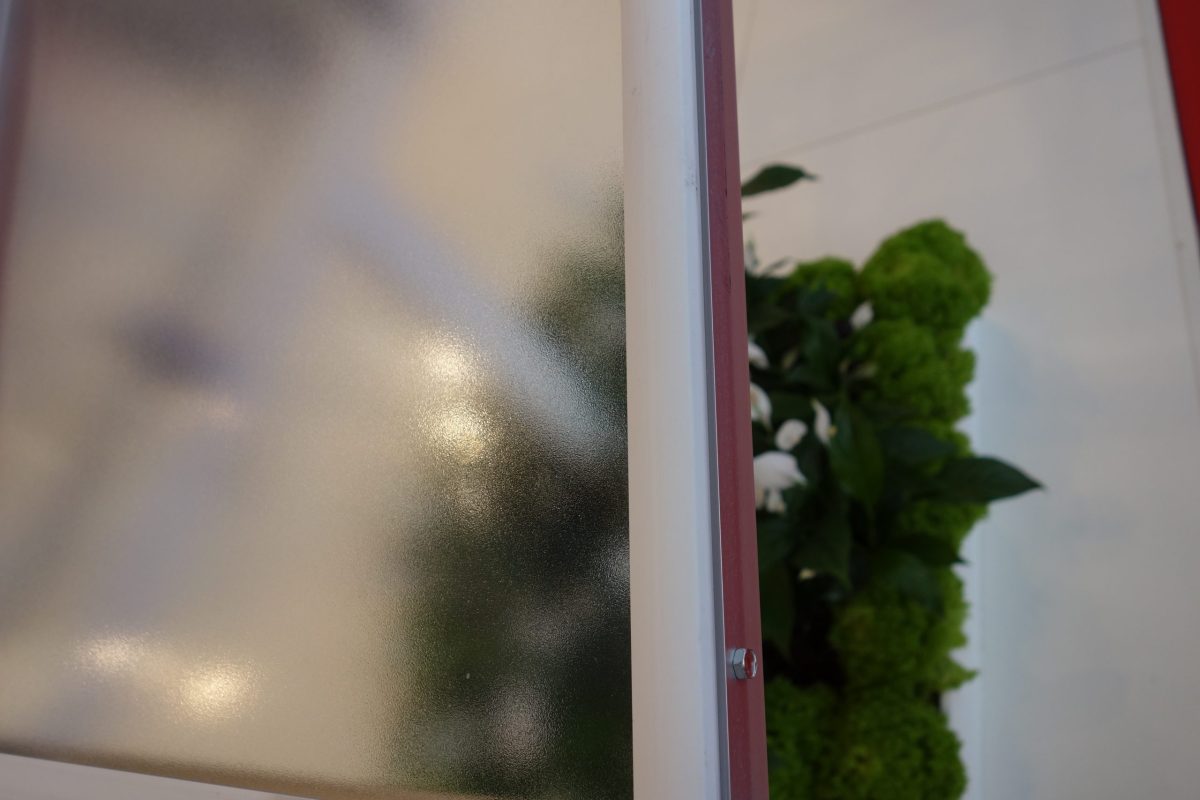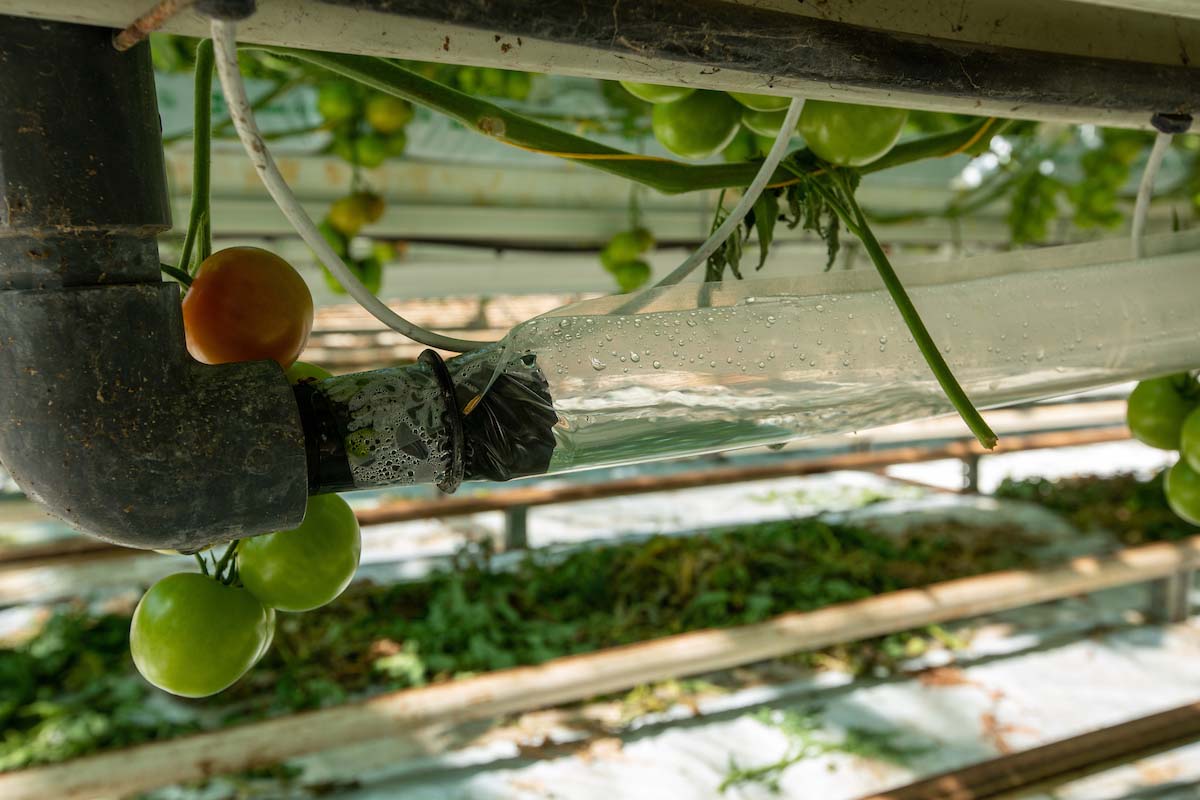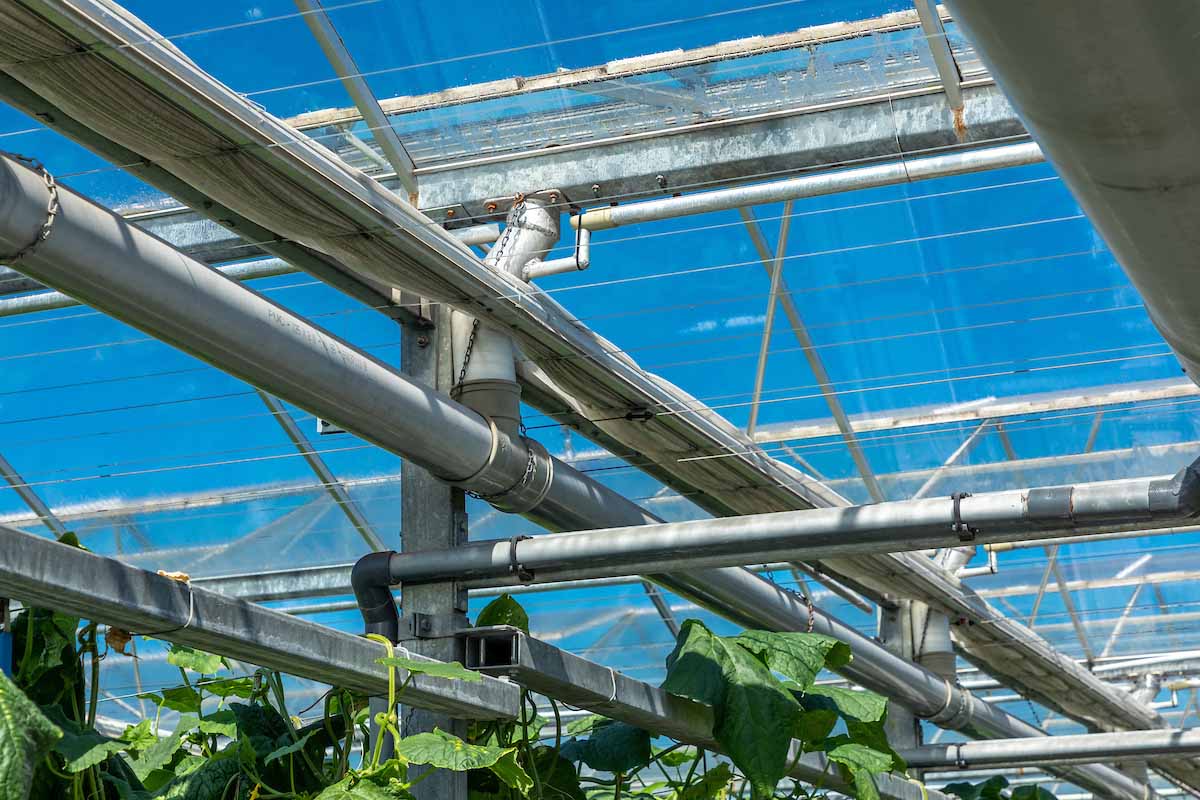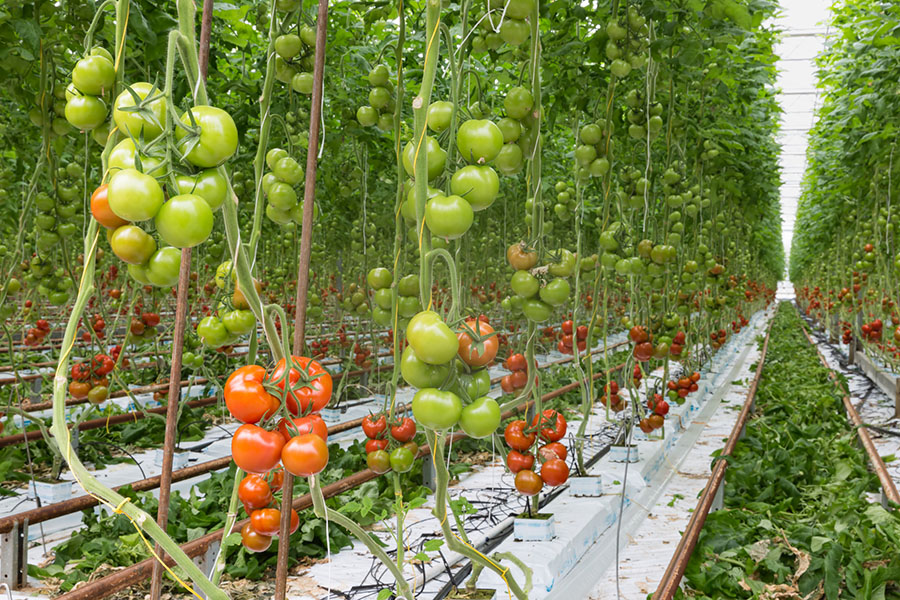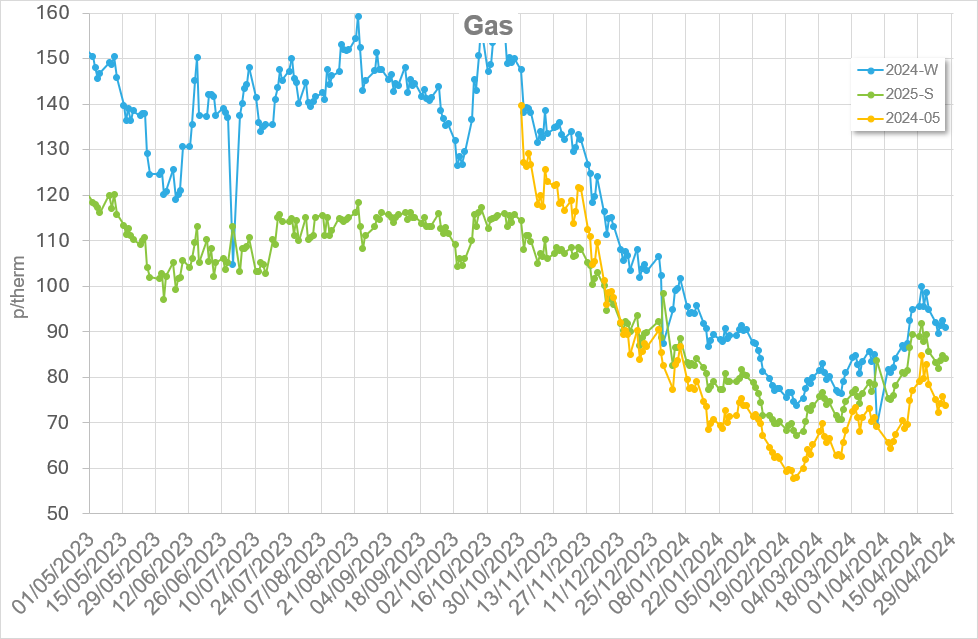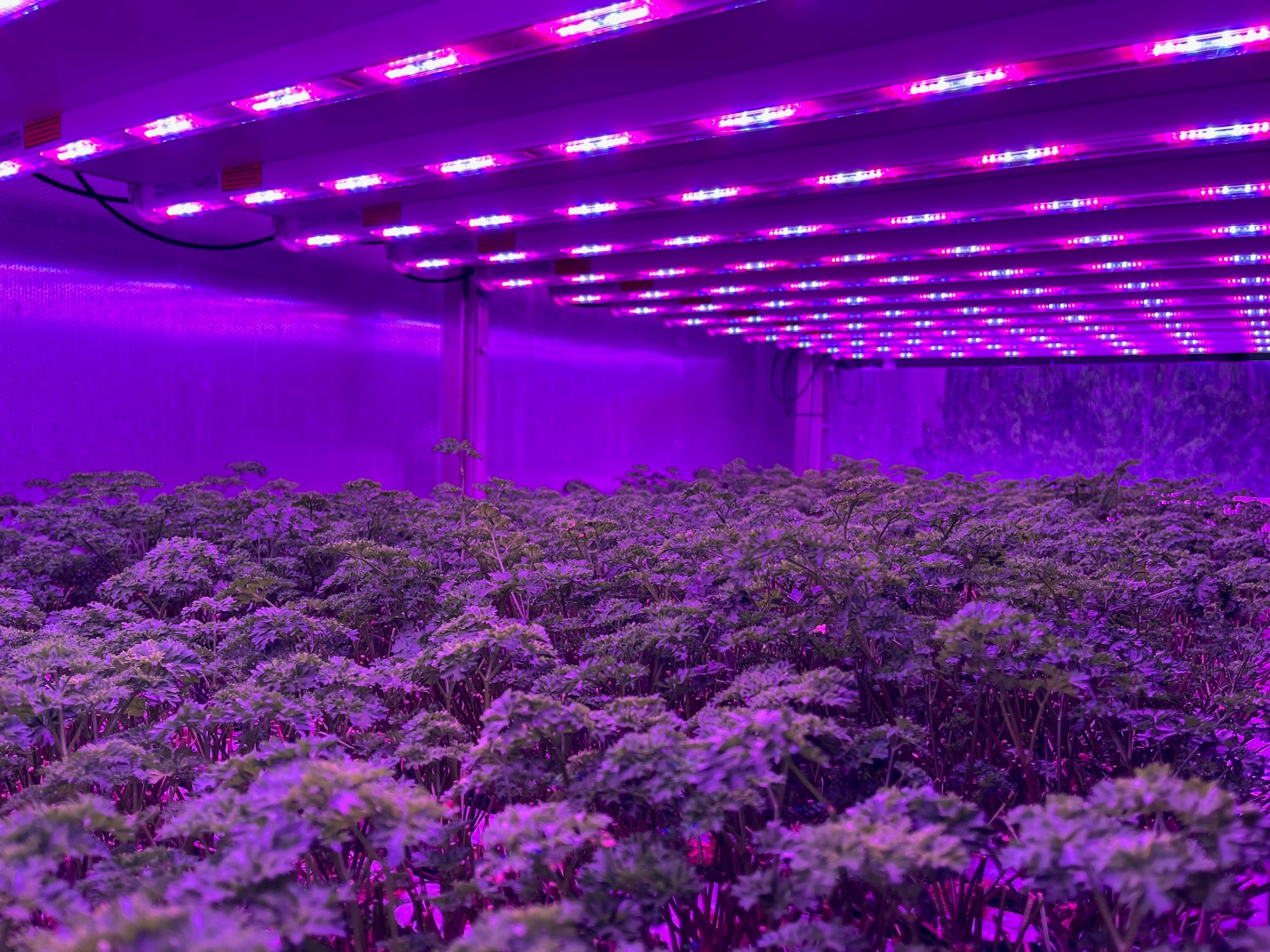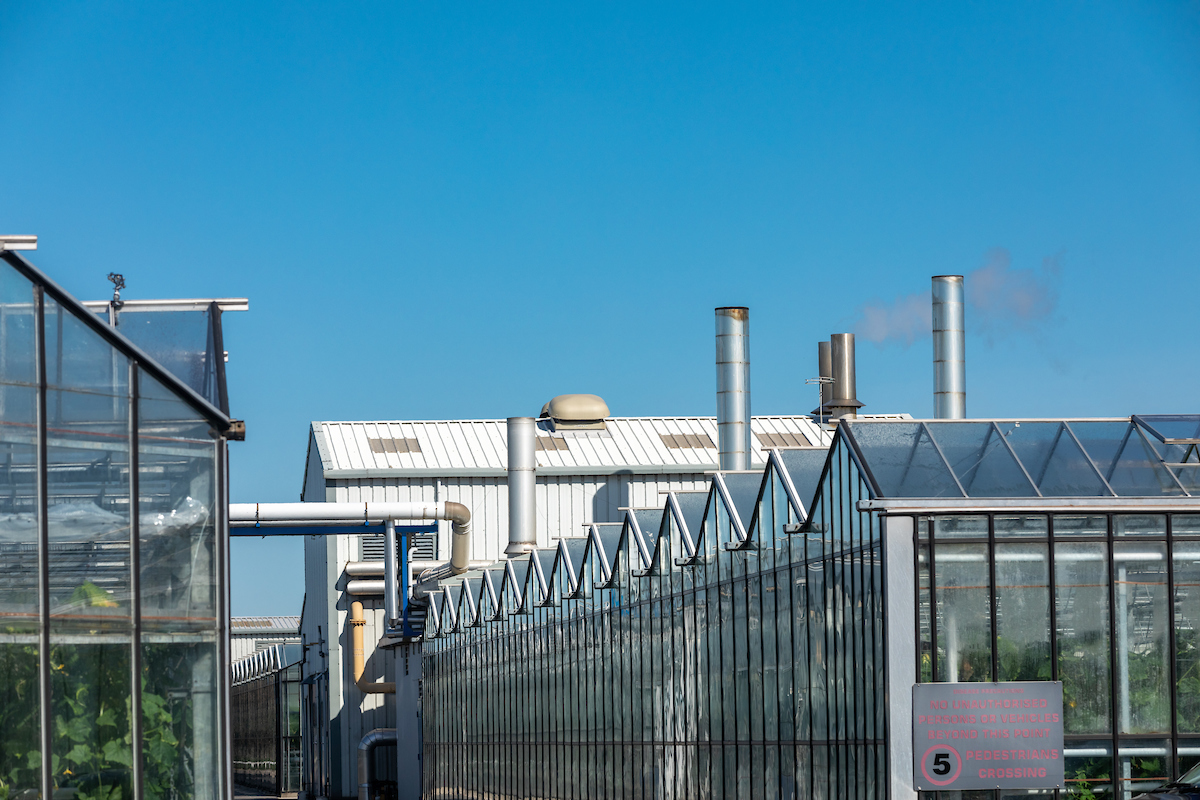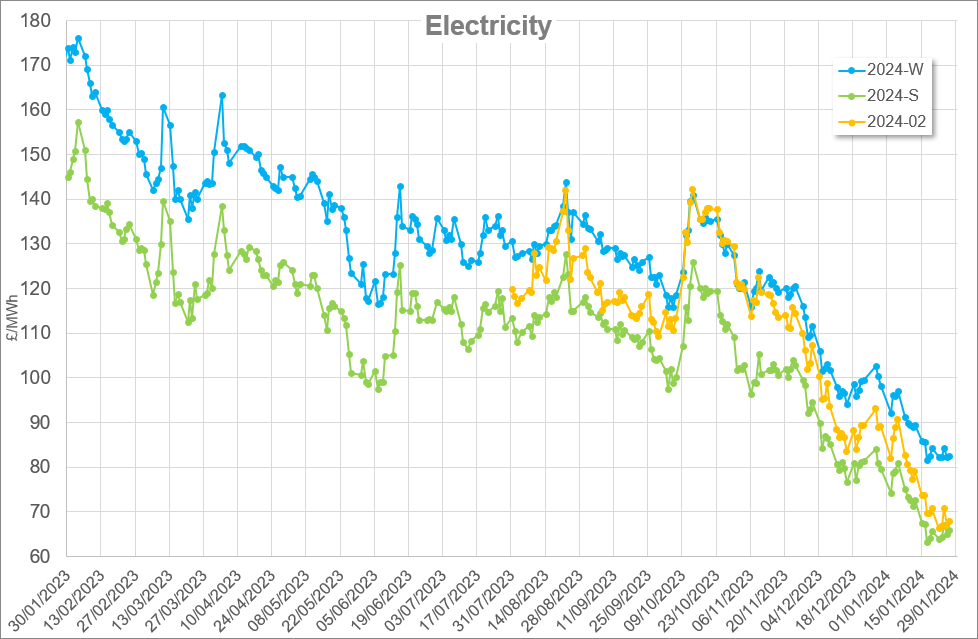First published February 2011
Find out how to use radiation sum control to manage supplementary lighting in the greenhouse, reduce lighting operating hours and save energy.
Quick links:
- Effective control and lower energy costs
- How to use a climate computer to control supplementary lighting
- How to use radiation sum control
- The cost savings of radiation sum control
Effective control and lower energy costs
Supplementary lighting can be controlled in a number of different ways ranging from simple manual switching through to automatic control using a climate computer. Whatever method is used, the key is to maximise the effect of the lighting installation whilst minimising energy costs; so what is the best way to achieve this?
We look at the approach used by Humber VHB Ltd at their West End Nursery and explain why it has benefits both from a plant growth and energy efficiency perspective.
How to use a climate computer to control supplementary lighting
A worked example of how you might typically control your supplementary lighting in a greenhouse.
If you have a climate computer then it makes sense to use it to control your lighting system. The simplest method is to turn the lights on and off at pre-set times of the day, but this approach takes no account of how much natural light is available. So the next logical step is to add solar radiation based control; and this is the way that most growers currently control their lights.
The normal approach is to turn the lights on and off at a solar radiation value which is changed depending on the time of year and what crop you are growing. Most growers choose the point at which to switch the lights on/off based on experience, and the range can be anywhere from 50W/m2 to 300W/m2 global radiation.
Table 1 shows a typical lighting strategy which uses a combination of time and light intensity based control.

The graph in Figure 1 shows the operation pattern of the lights over a 4 day period using this strategy. Curves showing the solar radiation levels and solar radiation sum are also shown for information.
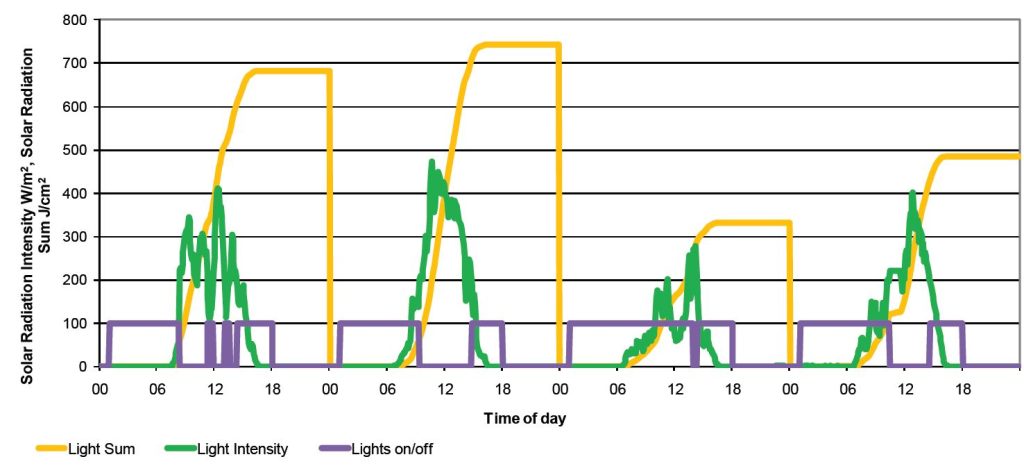
Table 2 shows the operating periods for the lights compared to the solar radiation sums for the same 4 day period.

How to use radiation sum control
What happens when we introduce radiation sum control into our lighting strategy?
We know that plants require more than just an instantaneous high light level, and this is why most growers monitor the ‘radiation sum’.
Radiation sum is a measure of the total light energy delivered over a given period, such as a day, a week and so on, and a high radiation sum typically means good plant growth. So if we use radiation sum to measure natural light why don’t we use it for lighting control?
Table 3 shows a summary of the sort of strategy we can use; and it is merely a modification of our original approach when using a climate computer, apart from we have now added a daily radiation sum set point in addition to one for radiation intensity.

The graph in Figure 2 shows how this strategy works over the same 4 days that we have previously considered.
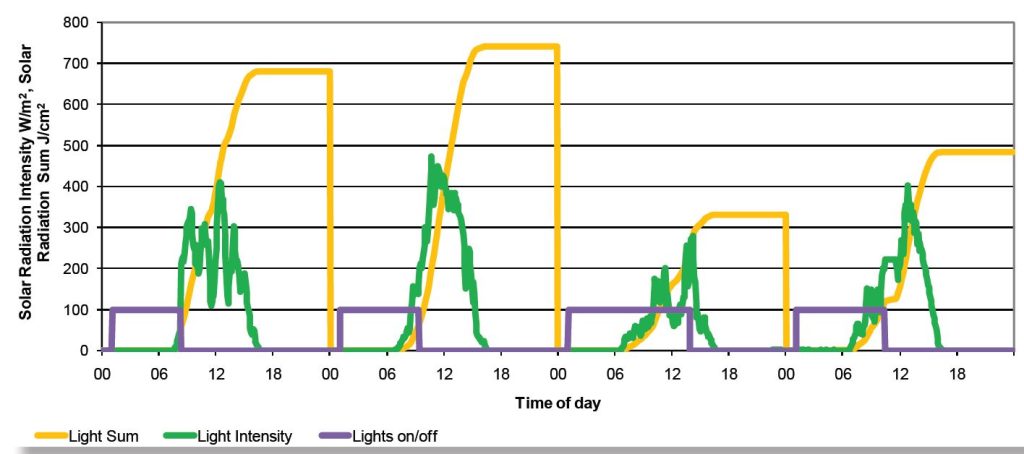
Table 4 shows the daily and total operating hours for the lights using this approach.

The cost savings of radiation sum control
The rationale behind how to maximise the effect of supplementary lighting for minimum energy costs.
Introducing radiation sum control reduced the lighting operating hours (and therefore the lighting energy consumption) by 31.5%. The team at Humber VHB believe that the principle of radiation sum control can be taken one step further, and that control can be based on the average radiation sum over a 3 day period.
This approach works on the basis that if you get two ‘good light days’ the plants can compensate on the third; so long as the average over the three days is greater than the threshold you have set. The principle is the same as temperature integration control which HDC research has shown to be effective for saving heating energy – so perhaps the Humber VHB team are leading the knowledge on how to maximise the effect of supplementary lighting for minimum energy costs.

